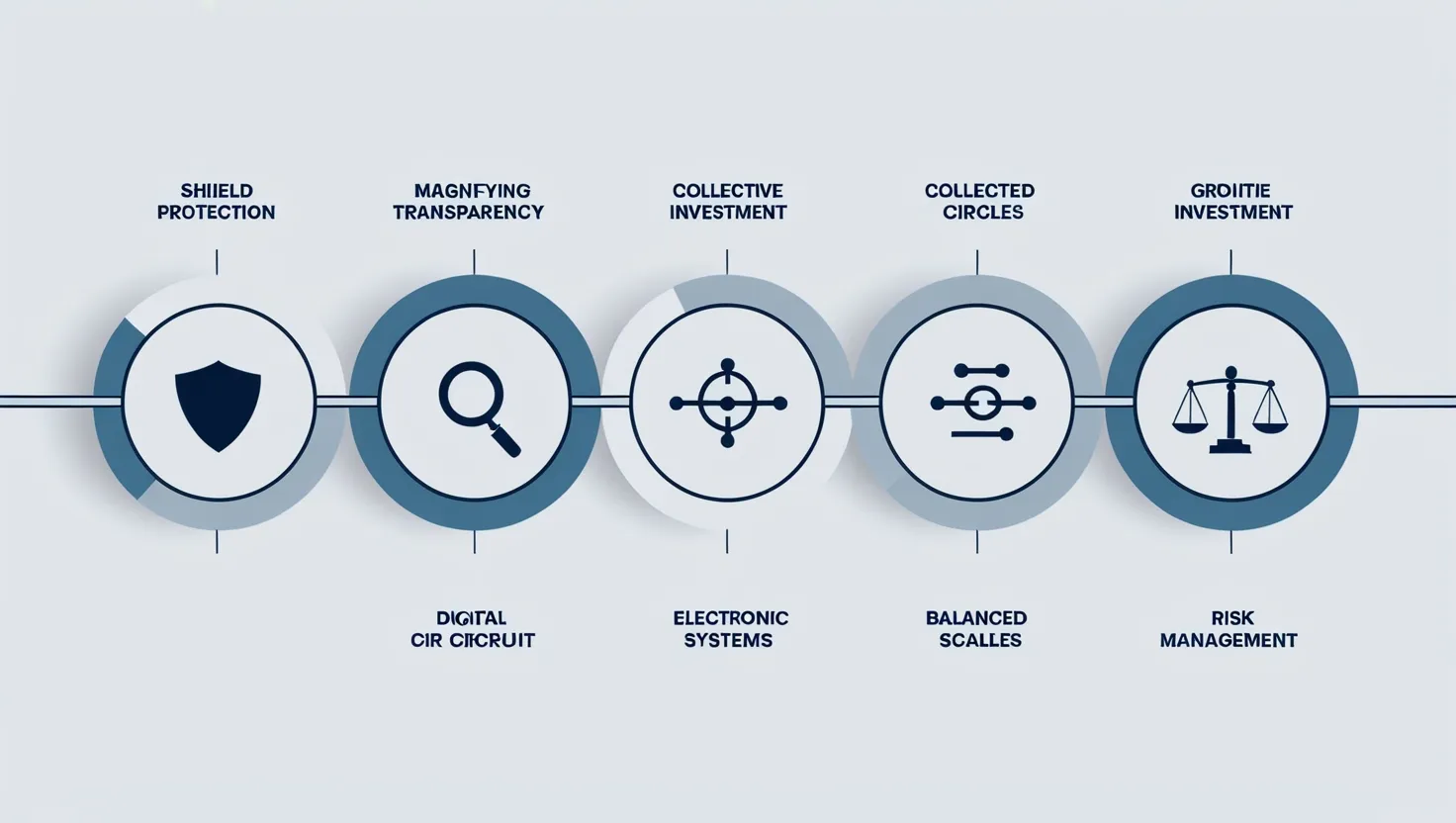Mutual funds, man, what a way to get into the investing game. If you’ve got a bit of cash saved up but have no clue about the stock market or bonds, mutual funds are like your gateway to the world of investment. Here’s the deal: mutual funds pool together money from a bunch of folks and then a pro steps in to make the magic happen by buying various securities like stocks, bonds, and other assets. This mix is managed with an aim to grow in value over time.
Picture this, you’ve got a little money and you’re itching to invest but the stock market looks like a foreign language. With mutual funds, your dough gets to ride along in a diversified portfolio that’s already been put together by someone who actually knows what they’re doing. Instead of you having to sweat over research, you let the fund manager do the legwork.
What’s pretty sweet about mutual funds is the whole diversification deal. Think of it as spreading your bets. Instead of dumping all your savings into one stock or bond and praying for the best, your money is spread across lots of different investments. So, if one takes a nosedive, the others might still keep you afloat.
And let’s not forget the pooled costs. Managing investments isn’t cheap, but in a mutual fund, there’s a whole crowd sharing the bill. It’s like splitting the check at dinner. This makes it way cheaper per person. Plus, you can buy or sell your shares any day the market’s open. That’s flexibility at its finest.
Another stand-out feature is professional management. Imagine having someone who lives and breathes this stuff taking the reins. They pick the buys and sells, handle dividends and interest reinvestment, and basically make sure the ship sails smoothly. You get to kick back and let the pros handle the heavy lifting.
Of course, there are some not-so-great parts too. Fees are the biggie. Mutual funds come with management fees and other expenses that can nibble away at your returns. Some funds even have “loads” and “12b-1 fees,” which are basically sales charges that can make a dent in your investment.
And here’s a little quirk about mutual funds: they can’t pass losses on to you. So, if the fund takes a loss on an investment, you can’t use that loss to balance out gains at tax time. But, capital gains distributions from the fund can still bloat your tax bill.
Even with these drawbacks, mutual funds rock for a ton of reasons. They’re flexible and can be fine-tuned to fit different goals and risk appetites. There are all sorts of mutual funds: stock funds, bond funds, money market funds, index funds, target-date funds—you name it. Each type follows its own game plan.
Take index funds for instance. These are a favorite because they track a specific market index, like the S&P 500. They’re usually cheaper and less risky than aggressively managed funds because they’re not trying to outsmart the market—they’re just along for the ride.
You might be surprised to know how popular mutual funds have become over time. Back in 1980, only about 6% of U.S. households had mutual funds. Fast forward to 2023, and over 52% are now on board. A lotta folks are using mutual funds for their retirement savings because they offer a smoother ride in building wealth long-term.
So, here’s the scoop: mutual funds are a solid way to dive into investing. You bring your money to the table, it gets pooled with other investors’ cash, and a pro handles the investing. You get the perks of diversification, shared costs, easy buying and selling, expert management, and automatic reinvesting. Sure, there are some fees and rules, but mutual funds are an approachable and versatile choice for many looking to grow their money. They’re like the multi-tool of the investing world—handy, reliable, and suited for a variety of scenarios.






